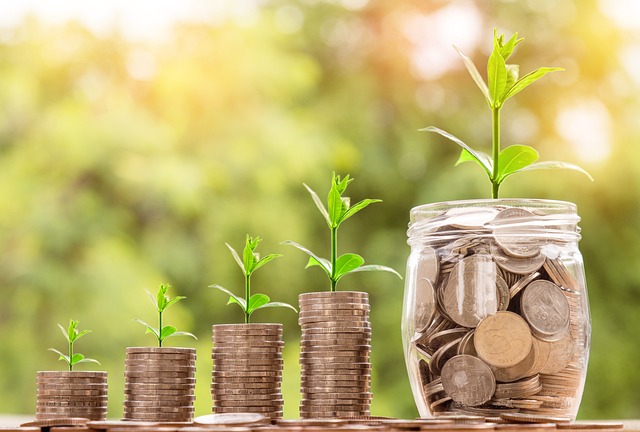Exchange rates refer to the exchange rate of one currency in relation to another.
The need for currency, availability and supply of currency and interest rates determine the exchange rate between currencies. Each country’s economic situation can affect these aspects. If the economy of a country is growing and is strong is an increased demand for its currency, which causes it to appreciate in comparison with other currencies.
Exchange rates refer to the amount at which one currency can be exchanged with another.
The rate at which the U.S. dollar against the euro is dependent on demand and supply along with economic conditions across both regions. If there’s a strong demand for euros in Europe but a low demand in the United States for dollars, it will cost more to buy a dollar from the United State. It will cost less to purchase a dollar when there is a significant demand for dollars in Europe and less euros in the United States. The value of a currency can increase when there is high demand. When there’s less demand for the currency, the value falls. This implies that countries with robust economies or that are expanding at a rapid rate are likely to have higher rates of exchange as compared to those with slower economies or those declining.
When you purchase something from a foreign currency then you must pay for the exchange rate. This means that you must get the full cost of the product in foreign currency. After that, you will have to pay an extra amount for the conversion cost.
For example, let’s say you’re in Paris and want to buy a book that costs EUR10. You have $15 USD on hand and you decide to use the money to buy the book. But first, you’ll need to convert those dollars into euros. This is called the “exchange rate” which is how much money a country requires to buy goods or services in another nation.
